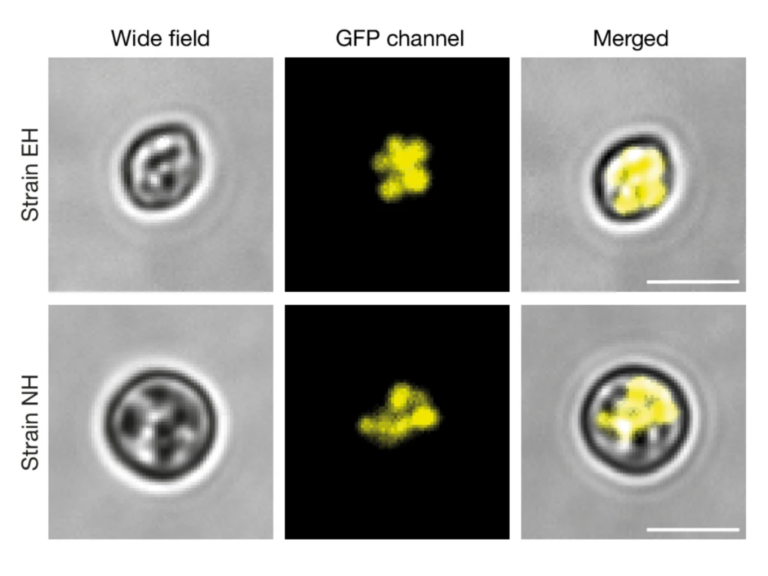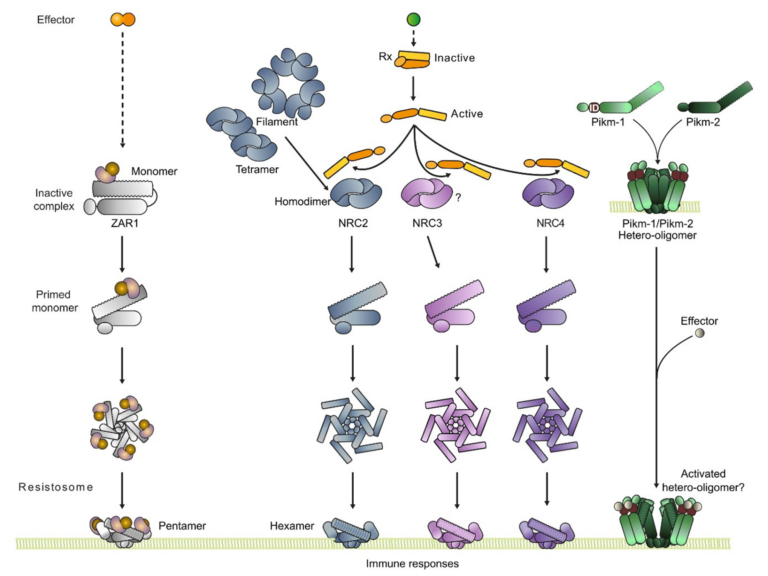Regressive evolution of an effector following a host jump in the Irish potato famine pathogen lineage
In order to infect a new host species, the pathogen must evolve to enhance infection and transmission in the novel environment. Although we often think of evolution as a process of accumulation, it is also a process of loss. Here, we document an example of regressive evolution of an effector activity in the Irish potato famine pathogen (Phytophthora infestans) lineage, providing evidence that a key sequence motif in the effector PexRD54 has degenerated following a host jump. We began by looking at PexRD54 and PexRD54-like sequences from across Phytophthora species. We found that PexRD54 emerged in the common ancestor of Phytophthora clade 1b and 1c species, and further sequence analysis showed that a key functional motif, the C-terminal ATG8-interacting motif (AIM), was also acquired at this point in the lineage. A closer analysis showed that the P. mirabilis PexRD54 (PmPexRD54) AIM is atypical, the otherwise-conserved central residue mutated from a glutamate to a lysine. We aimed to determine whether this PmPexRD54 AIM polymorphism represented an adaptation to the Mirabilis jalapa host environment. We began by characterizing the M. jalapa ATG8 family, finding that they have a unique evolutionary history compared to previously characterized ATG8s. Then, using co-immunoprecipitation and isothermal titration calorimetry assays, we showed that both full-length PmPexRD54 and the PmPexRD54 AIM peptide bind weakly to the M. jalapa ATG8s. Through a combination of binding assays and structural modelling, we showed that the identity of the residue at the position of the PmPexRD54 AIM polymorphism can underpin high-affinity binding to plant ATG8s. Finally, we conclude that the functionality of the PexRD54 AIM was lost in the P. mirabilis lineage, perhaps owing to as-yet-unknown selection pressure on this effector in the new host environment.


